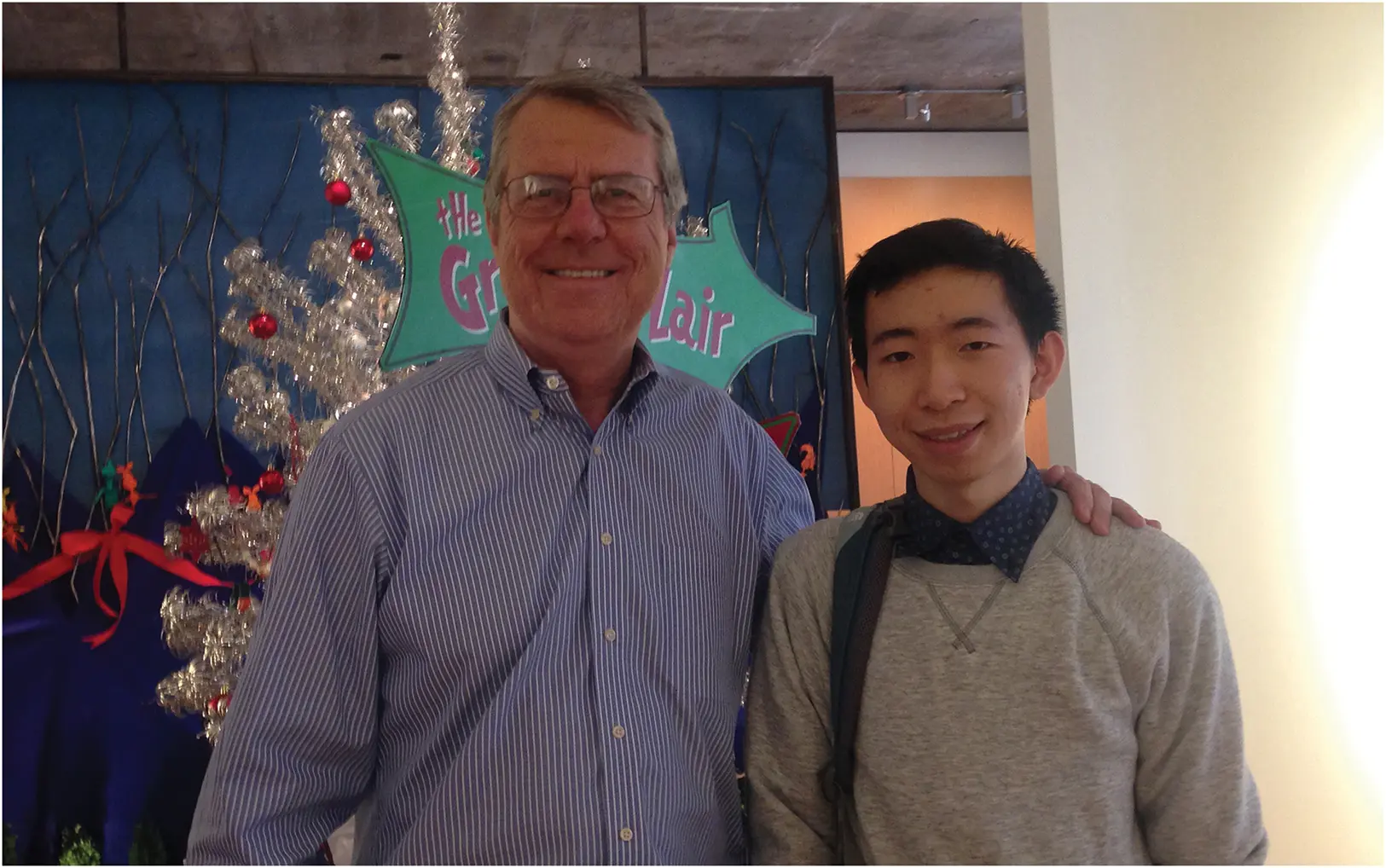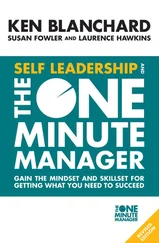Ken Sanders - Voices of Design Leadership
Здесь есть возможность читать онлайн «Ken Sanders - Voices of Design Leadership» — ознакомительный отрывок электронной книги совершенно бесплатно, а после прочтения отрывка купить полную версию. В некоторых случаях можно слушать аудио, скачать через торрент в формате fb2 и присутствует краткое содержание. Жанр: unrecognised, на английском языке. Описание произведения, (предисловие) а так же отзывы посетителей доступны на портале библиотеки ЛибКат.
- Название:Voices of Design Leadership
- Автор:
- Жанр:
- Год:неизвестен
- ISBN:нет данных
- Рейтинг книги:3 / 5. Голосов: 1
-
Избранное:Добавить в избранное
- Отзывы:
-
Ваша оценка:
- 60
- 1
- 2
- 3
- 4
- 5
Voices of Design Leadership: краткое содержание, описание и аннотация
Предлагаем к чтению аннотацию, описание, краткое содержание или предисловие (зависит от того, что написал сам автор книги «Voices of Design Leadership»). Если вы не нашли необходимую информацию о книге — напишите в комментариях, мы постараемся отыскать её.
Voices of Design Leadership
Voices of Design Leadership
Voices of Design Leadership — читать онлайн ознакомительный отрывок
Ниже представлен текст книги, разбитый по страницам. Система сохранения места последней прочитанной страницы, позволяет с удобством читать онлайн бесплатно книгу «Voices of Design Leadership», без необходимости каждый раз заново искать на чём Вы остановились. Поставьте закладку, и сможете в любой момент перейти на страницу, на которой закончили чтение.
Интервал:
Закладка:
If you are interested, I would like to invite you to visit our office in Shanghai. I have copied Xiaomei Lee on this e-mail – she is a Principal in our Shanghai office and would be a good person to talk to about visiting our office. Please let me know if you would like to do this!
Thank you!
Ken
Ken Sanders, FAIA
Principal/Managing Director
+1 (415) 836.
Gensler
2 Harrison Street
Suite 400
San Francisco CA 94105
And the reply:
From : Duyi Han
Date: Thu, May 3, 2012 at 12:22 p.m.
Subject: Re: Hello!
To: Ken Sanders
Hello Ken Sanders,
Thank you for your appreciation! I will be very glad to visit your office. It’s a great opportunity for me.
I will be free on this Sunday and the following weekends.
———————–
Duyi Han| No.2 High School Attached to ECNU’ 13
Shanghai, China
As it turned out, the mystery builder of the Shanghai Tower model was Duyi Han, a seventeen-year-old high school student in Shanghai. Luckily, both Xiaomei Lee 1and Michael Peng, a senior designer on the Shanghai Tower project team, were planning to be in the office the next Sunday, so Xiaomei invited Duyi to visit. They took him on a tour and showed him detailed models and renderings of the tower. We each received a gracious thank-you e-mail the following day.
My outreach to Duyi in 2012 marked the beginning of a special friendship that continues to this day. He joined Gensler’s Shanghai office later that summer for a one-month paid internship. After graduating high school and completing a second Gensler internship in Shanghai the following summer, he moved to Houston, Texas, to attend Rice University.
I met Duyi in person for the first time in December 2014 when he visited San Francisco. I invited him to join a Gensler holiday party in the San Francisco office, where he met my wife Regina and many of my Gensler friends and colleagues. He returned to San Francisco the following summer for his third Gensler internship. After transferring to Cornell University and taking a year off to work at Herzog & de Meuron in Basel, Switzerland, Duyi graduated with a five-year B. Arch. degree from Cornell in 2019 and started his own practice in Shanghai: Atelier Duyi Han.
Over the past year, Duyi has undertaken the interior design of a luxury apartment, designed a furniture collection for Adorno, and completed an exhibition design for an art museum in Nanjing. He has appeared in Forbes , The New York Times , CNN , Vice , Adobe , Issues in Science and Technology (American National Academies of Sciences, Engineering, and Medicine), Marie Claire , Vogue (Spain), Elle , MSN (Brazil), Architectural Digest , ArchDaily , Dezeen , Designboom , Bienal São Paulo , Art Tribune (Italy), and many other global publications. In 2021, Duyi began his pursuit of a graduate degree in contextual design at the Design Academy Eindhoven in the Netherlands.

Ken Sanders and Duyi Han, Gensler San Francisco, December 2014. Photo Credit: Ken Sanders.
I was fortunate to have played a small role in Duyi’s early work experience and I value our friendship to this day. Both emerged from my curiosity to answer a simple question: “who built that?” It is a simple reminder that exceptional talent – and new friends – can be found in any place at any time.
Some design leaders prefer to recruit from selected universities or seek specific types of work experience or firms on candidate resumes. That is perfectly reasonable. At the same time, keep your eyes and ears wide open. Avoid shrinking your recruiting pools too tightly, which can lead to inbreeding of experience and perspective. Open closed doors. Look behind curtains. Be curious! Those are the ways in which you will find talented young professionals like Duyi Han.
The second story was told to me by the late Ed Friedrichs. Ed joined Gensler in 1969 and served as Gensler’s President and CEO for eight years until his retirement in 2003. Where did Art Gensler accidentally meet Ed for the first time? In a bar.
A key recurring theme: diverse ecosystems of talent are the healthiest and most resilient. Always look far and wide to grow and nourish them.
Design + Business Synergy
You can only be a great design firm if you’re a great business. You can focus only on design for a short period of time, but if you want long-term excellence, you have to also accomplish business excellence as well.
– Phil Harrison
During my tenure at ZGF during the 1990s, my Partner Bob Packard and I visited the University of Oregon School of Architecture annually to participate as guest speakers in a course on practice management. Together, we represented a “large” firm, while a different architect each year represented a “small” firm. And each year, the small-firm architect would say to the students something like: “Well, you already know you didn’t choose architecture to make money. You have a higher calling.”
Bob and I were always disheartened to hear this. We would politely offer the students an alternative perspective: it is definitely possible – although not guaranteed – to earn a good living and make the world a better place through design at the same time. The two aspirations are not mutually exclusive; on the contrary, each strongly reinforces the other. But it begins with belief. If one believes it is not possible to make a good living as an architect, then it is not possible. It becomes a self-fulfilling prophecy.
To this day, many architecture and design students appear to be influenced by this false belief. Even among some experienced design leaders, a stubborn attitude exists that it is simply not possible, or too difficult, to be an exceptional design firm and a strong business at the same time. This attitude shows up in an old joke where one architect asks another: “What would you do if you won a million dollars in the lottery?” To which the other architect responds, “Well, I guess I would keep being an architect until it was all gone.”
Fortunately, every firm I worked for during my career have leaders who understand that good business reinforces good design, and vice versa. Together they create synergy: a whole greater than the sum of its parts. As a design leader, it is critically important that everyone in your firm understands this.
Is there day-to-day tension between the two? Within project teams? With clients? With consultants? Of course. And leadership decisions that resolve that tension require thoughtful judgment. But tension notwithstanding, design leaders must start with an attitude that achieving excellence in both is essential to long-term success.
Striking a Balance
Having said that, what is the right balance between business and design? One of the earliest frameworks to answer that question was proposed in the 1987 book Success Strategies for Design Professionals , authored by Weld Coxe, Nina Hartung, Hugh Hochberg, Brian Lewis, David Maister, Robert Mattox, and Peter Piven. Published by Krieger Publishing Company, the book introduced the concept of “SuperPositioning” to architecture and engineering firms.
The authors’ SuperPositioning matrix offered a tool for firms to evaluate their Project Organizational Values (Idea, Service, or Delivery) on one axis, their Firm Organizational Values (Practice-Centered Businesses and Business-Centered Practices) on the other axis, and assess their positioning on the matrix relative to competitors.
Читать дальшеИнтервал:
Закладка:
Похожие книги на «Voices of Design Leadership»
Представляем Вашему вниманию похожие книги на «Voices of Design Leadership» списком для выбора. Мы отобрали схожую по названию и смыслу литературу в надежде предоставить читателям больше вариантов отыскать новые, интересные, ещё непрочитанные произведения.
Обсуждение, отзывы о книге «Voices of Design Leadership» и просто собственные мнения читателей. Оставьте ваши комментарии, напишите, что Вы думаете о произведении, его смысле или главных героях. Укажите что конкретно понравилось, а что нет, и почему Вы так считаете.












